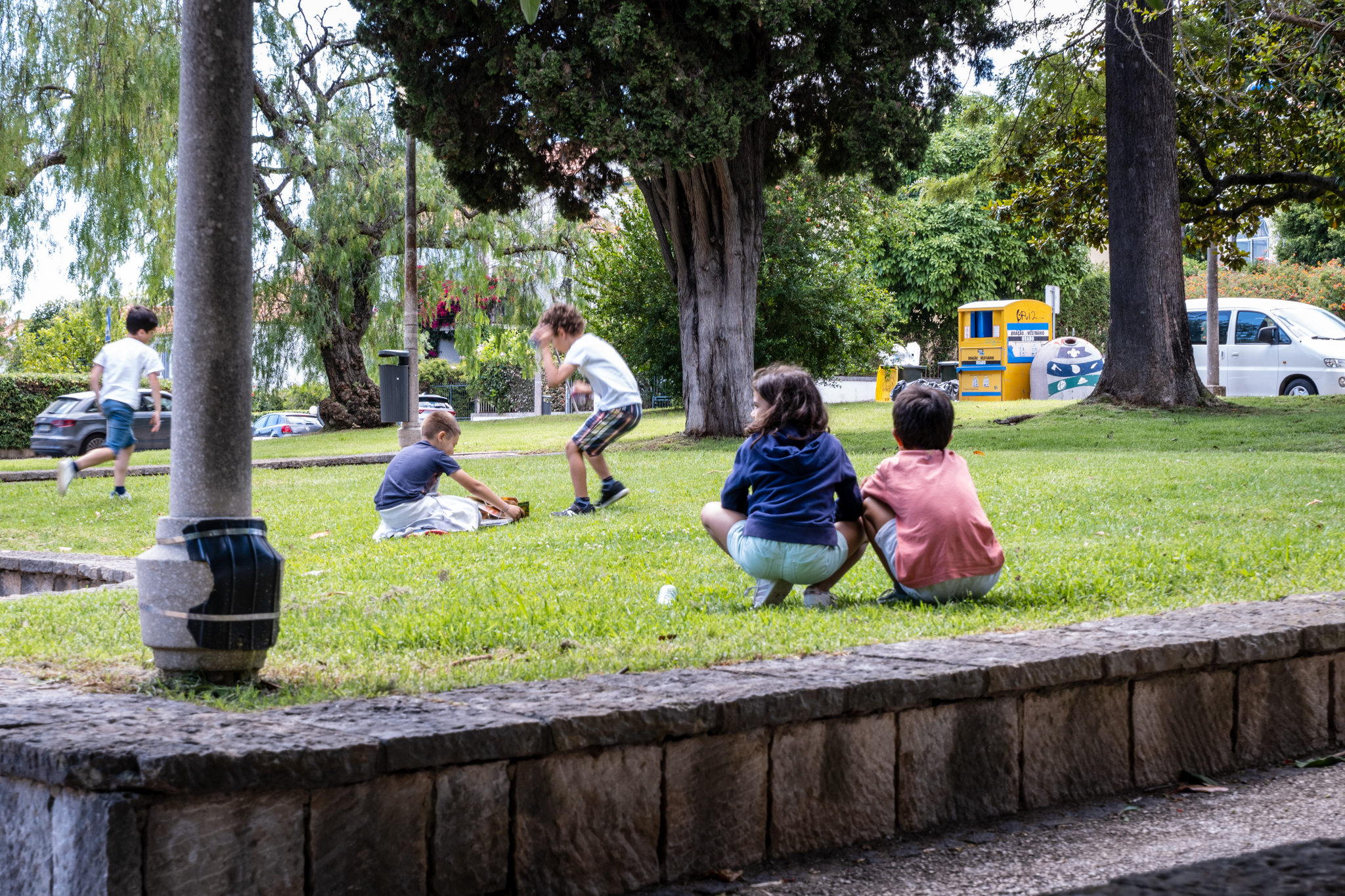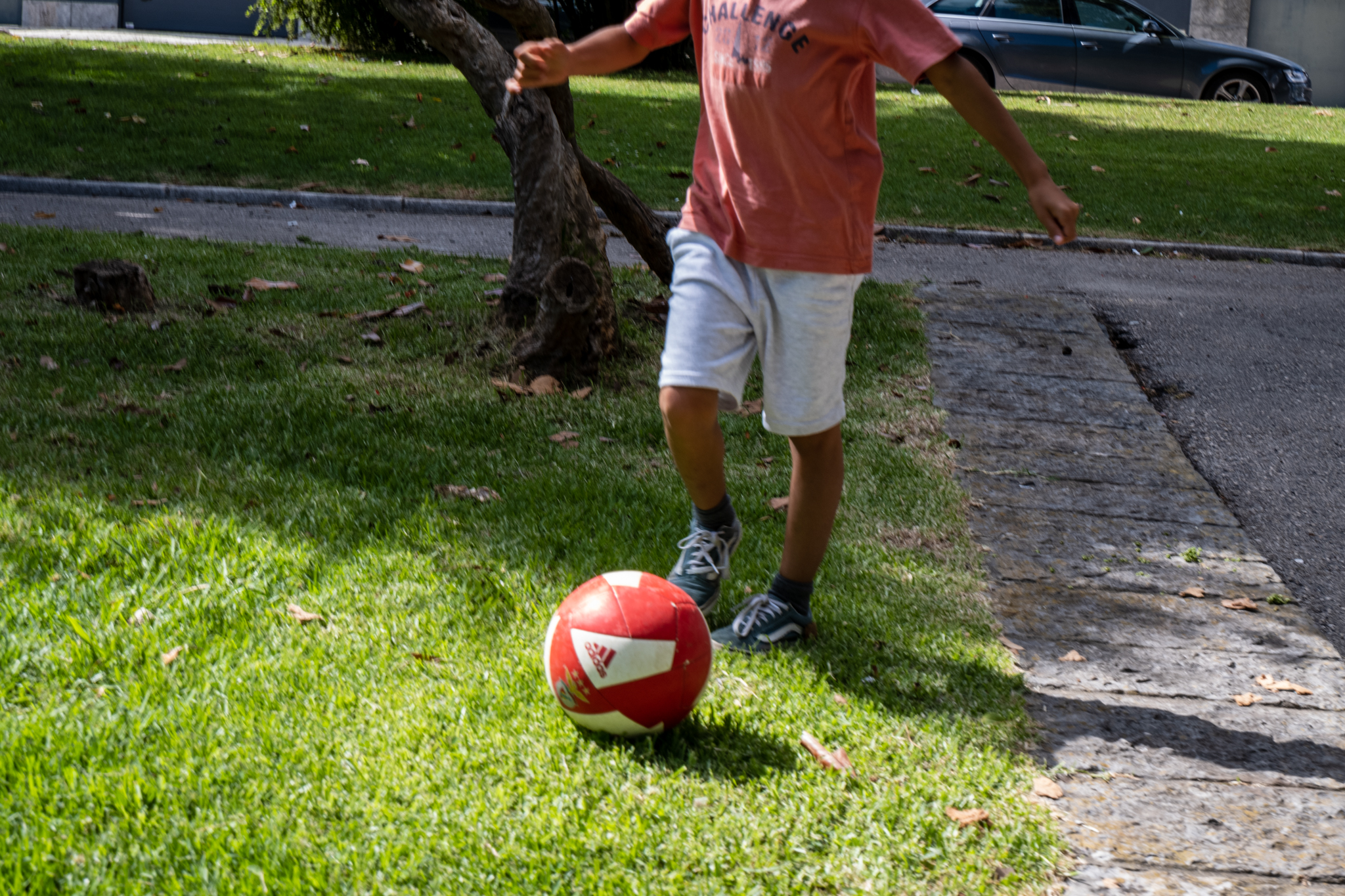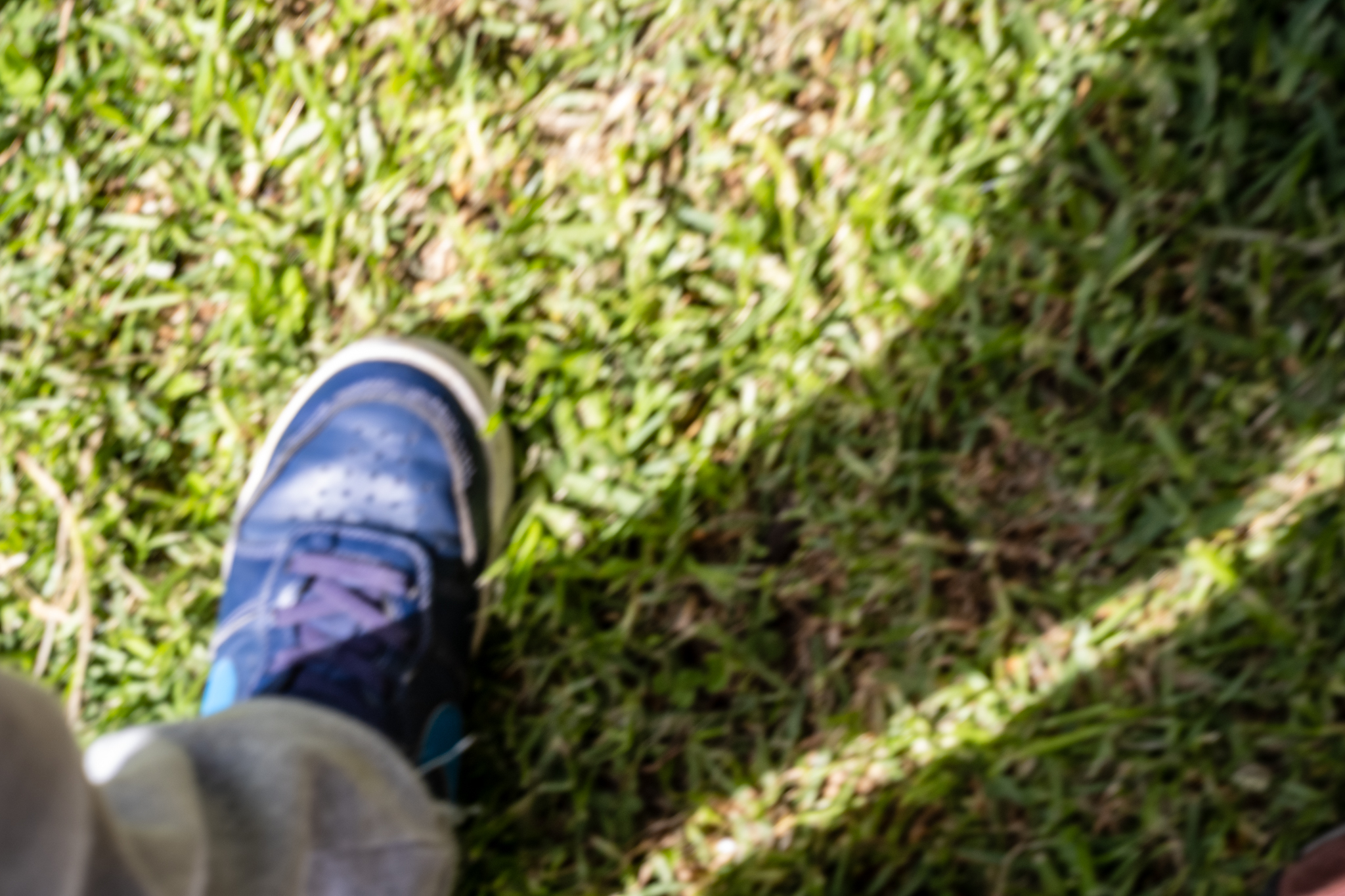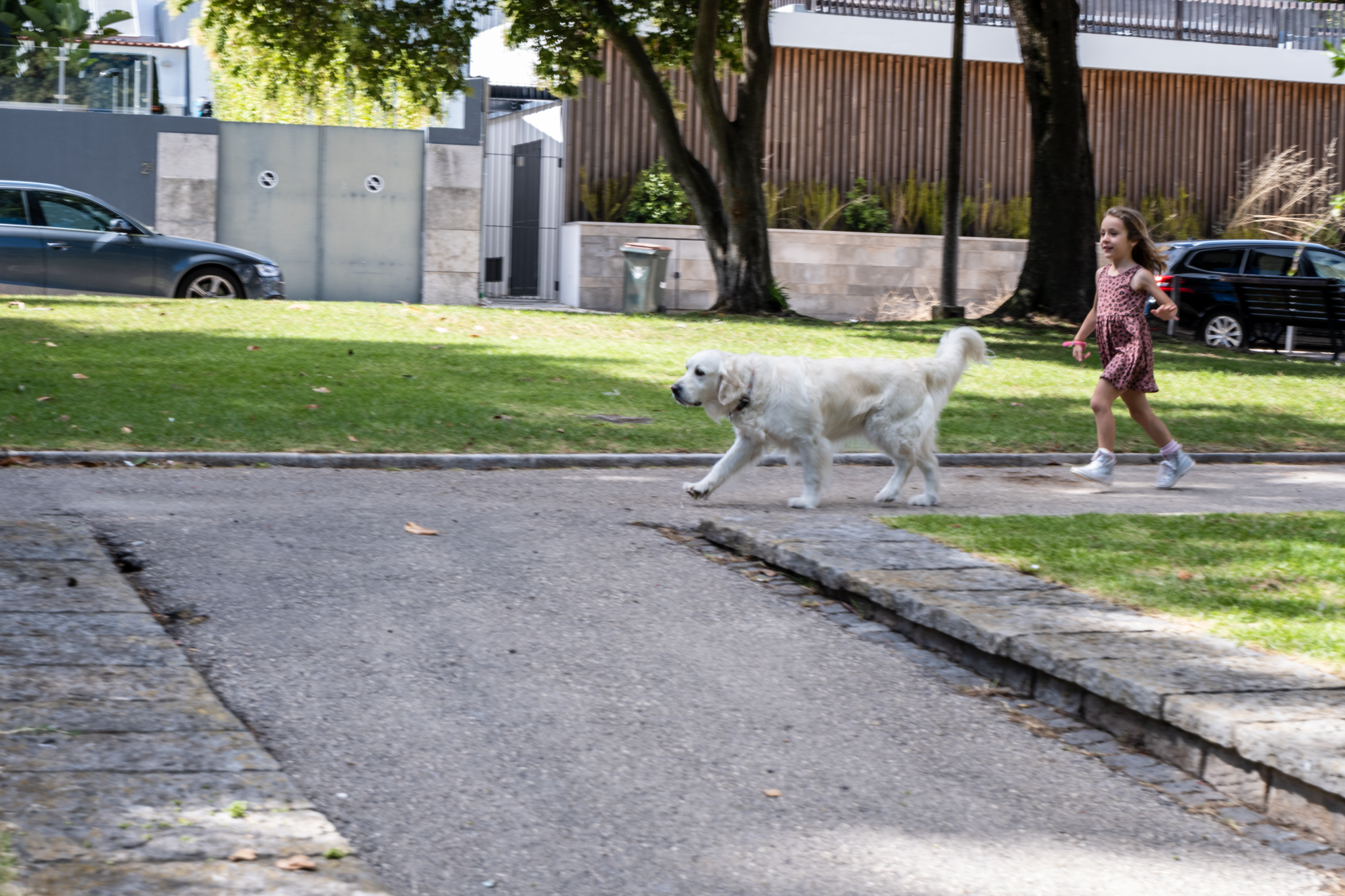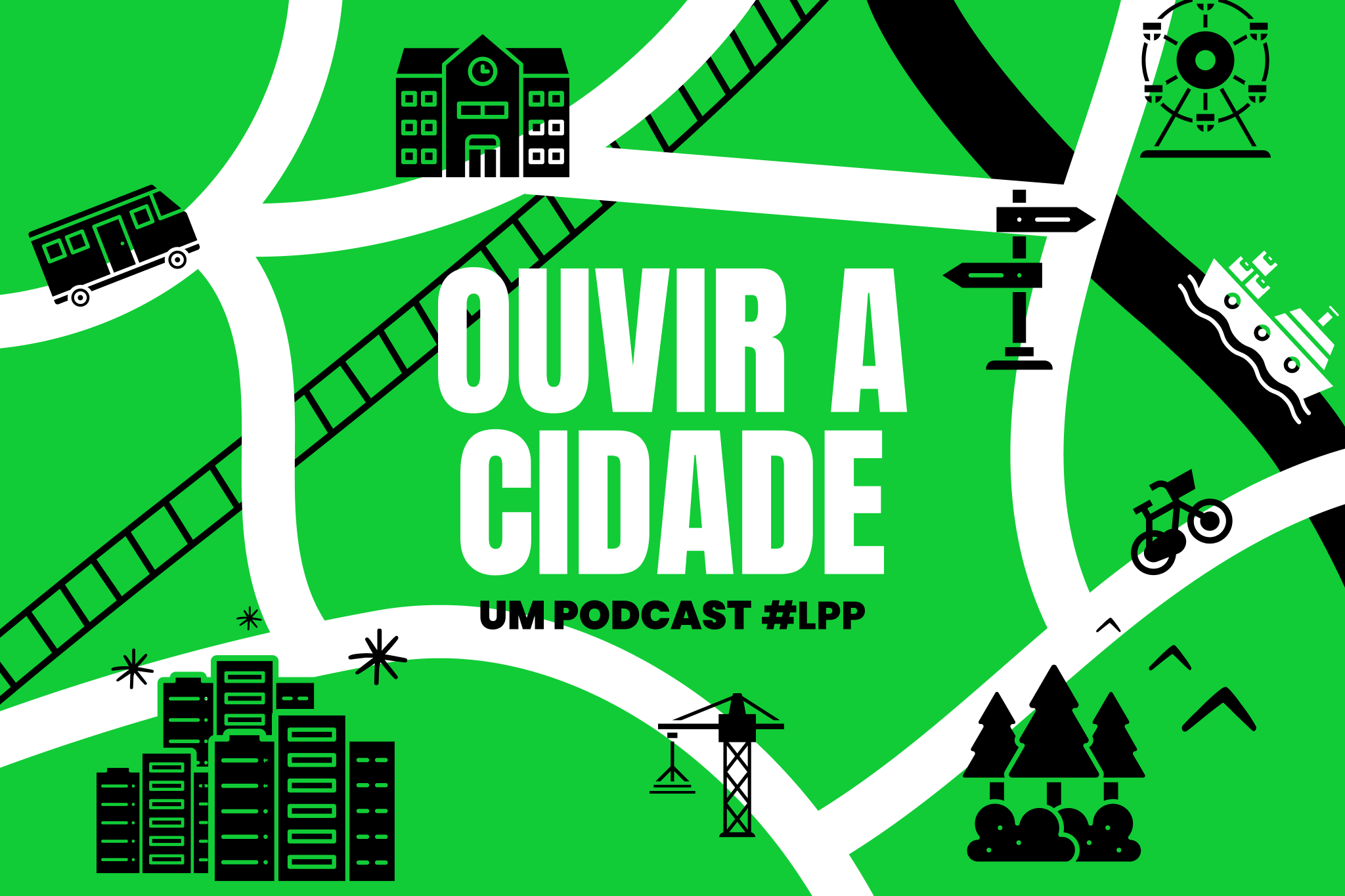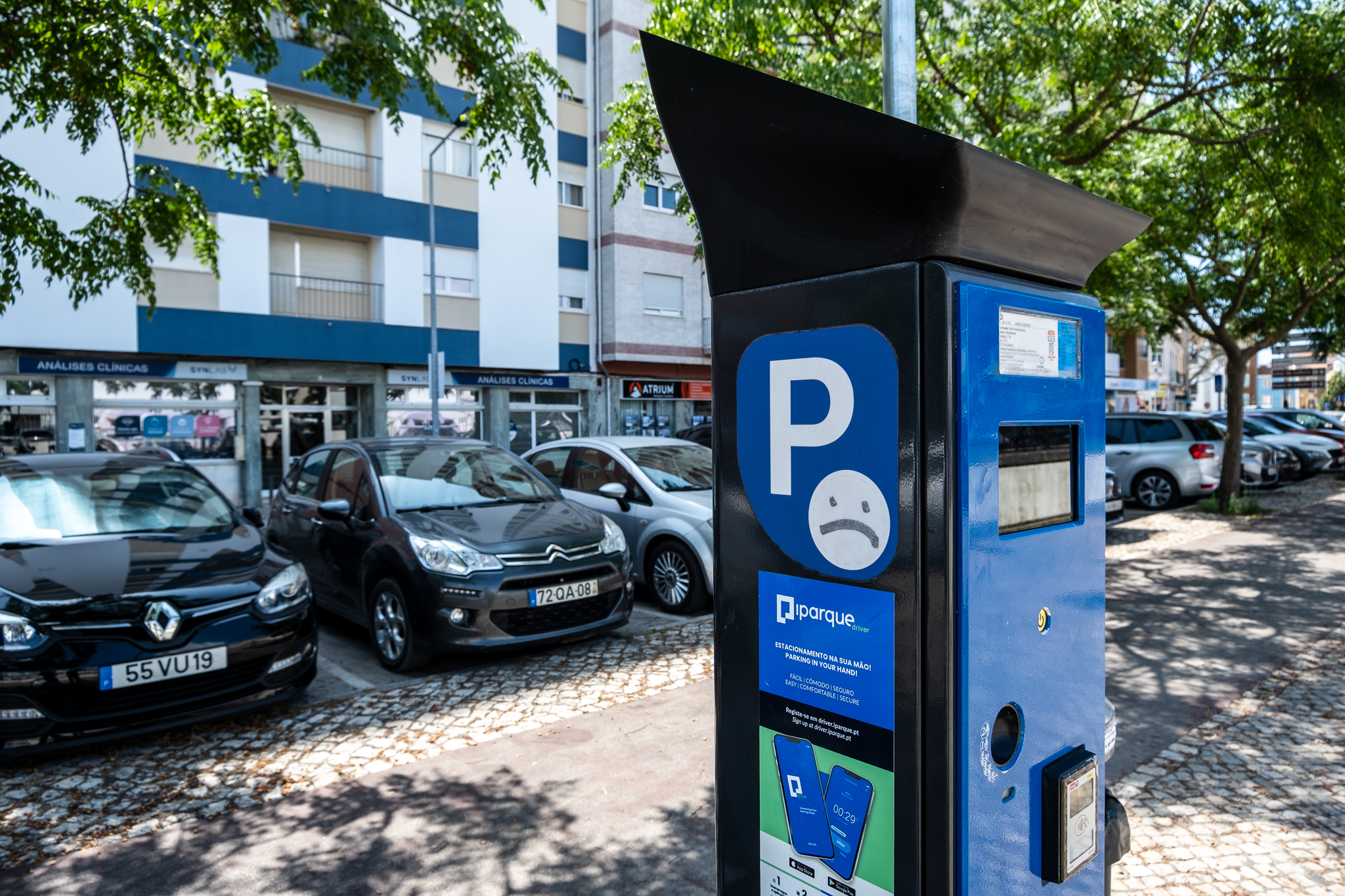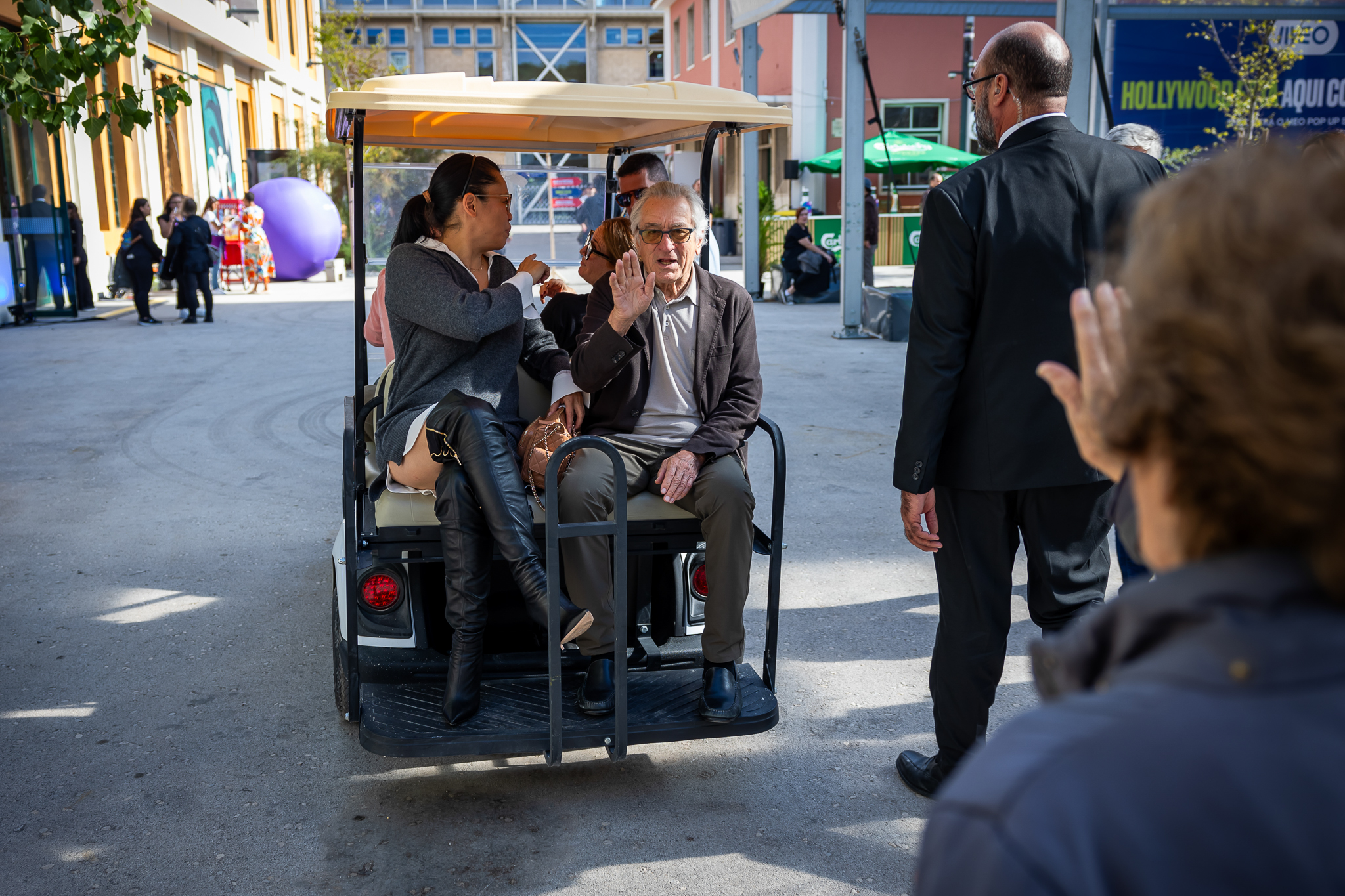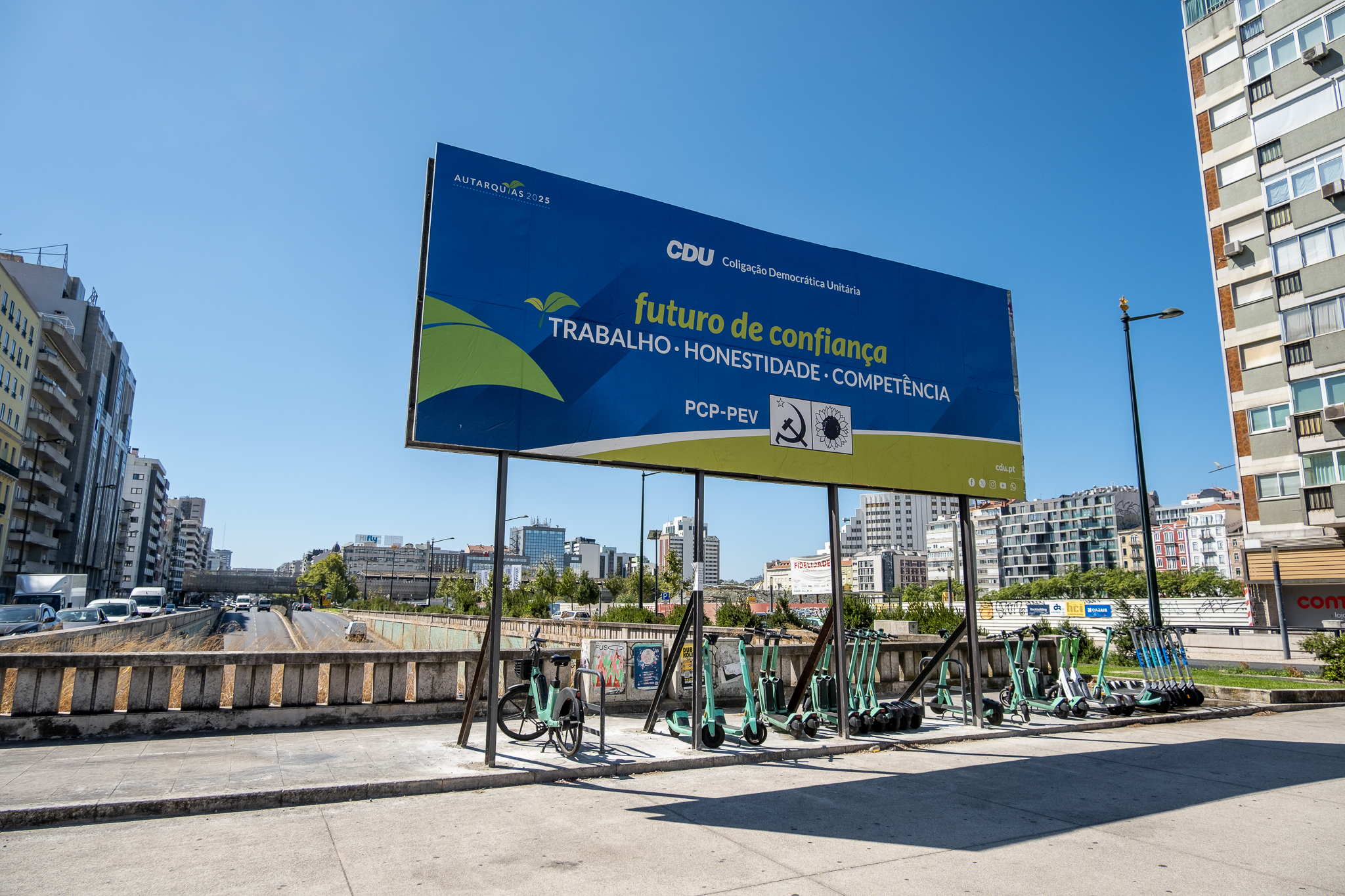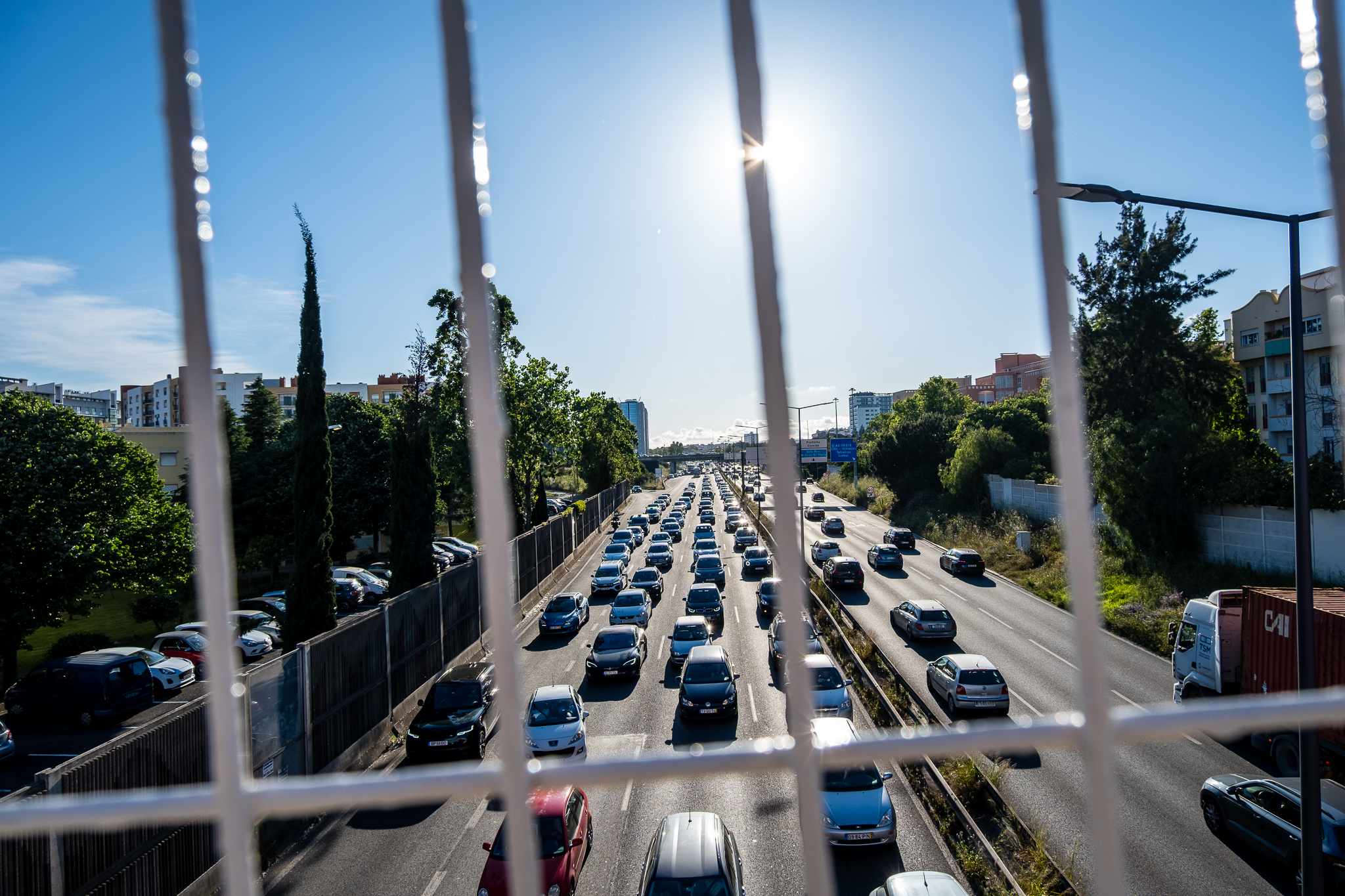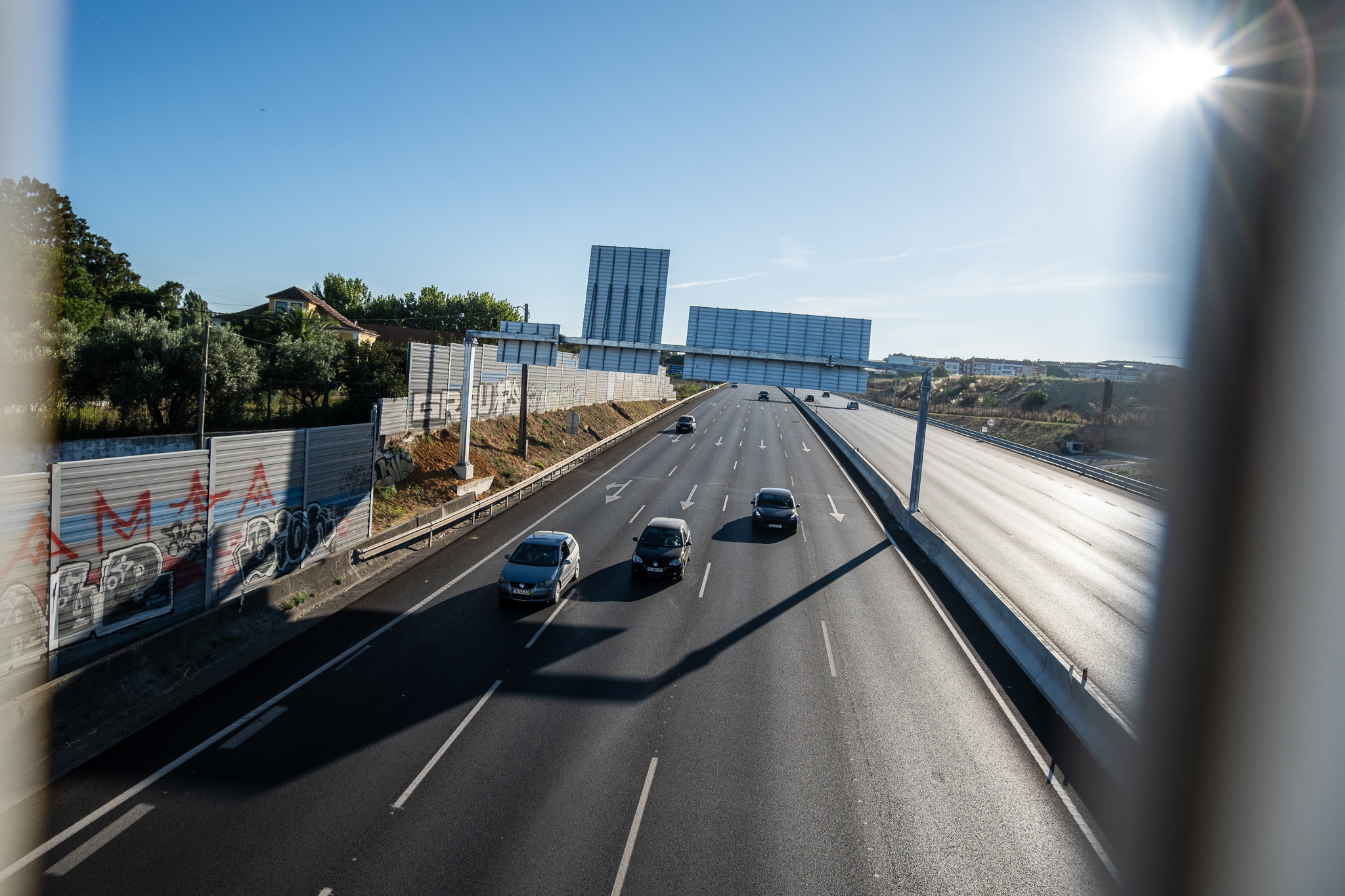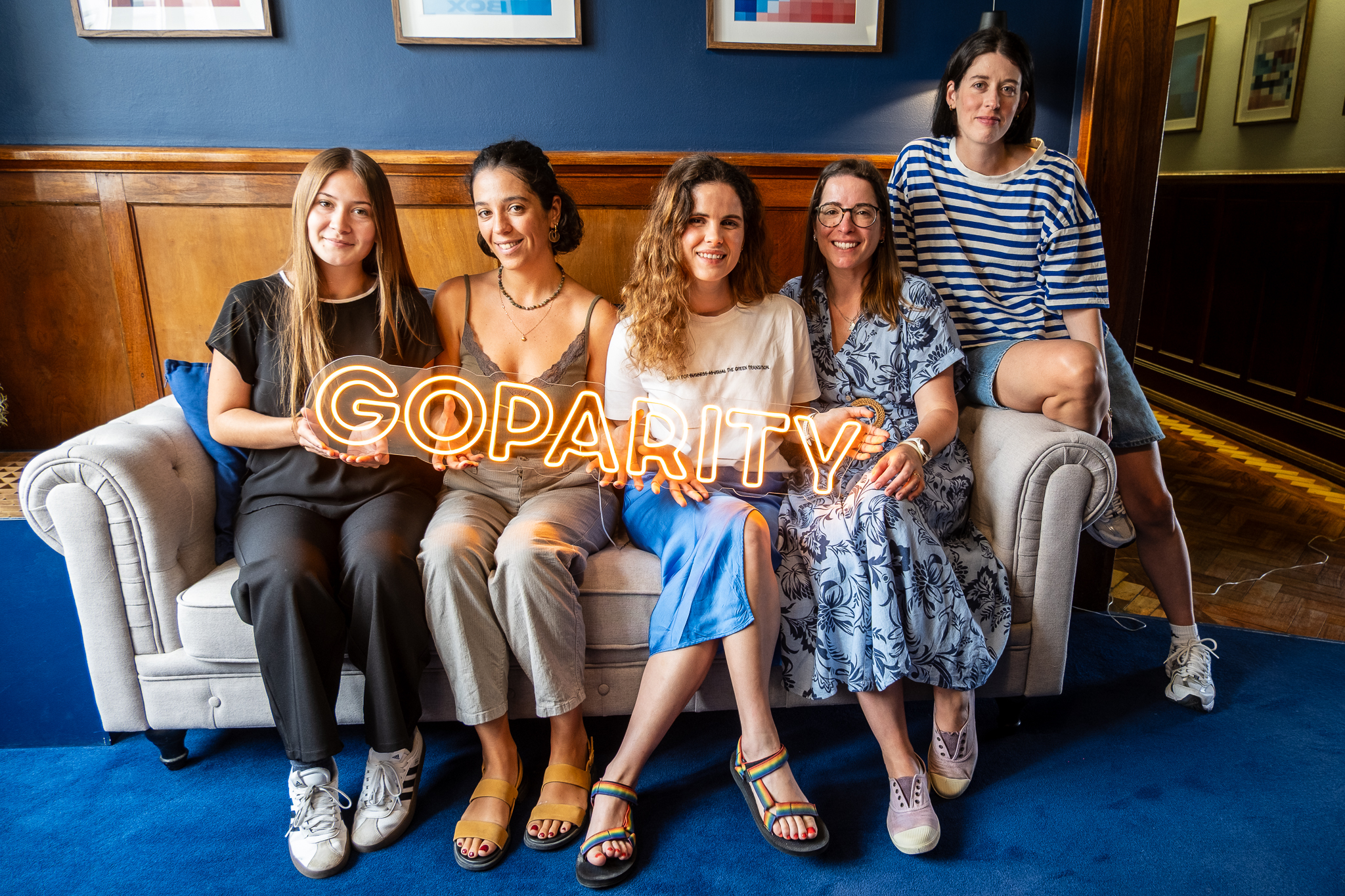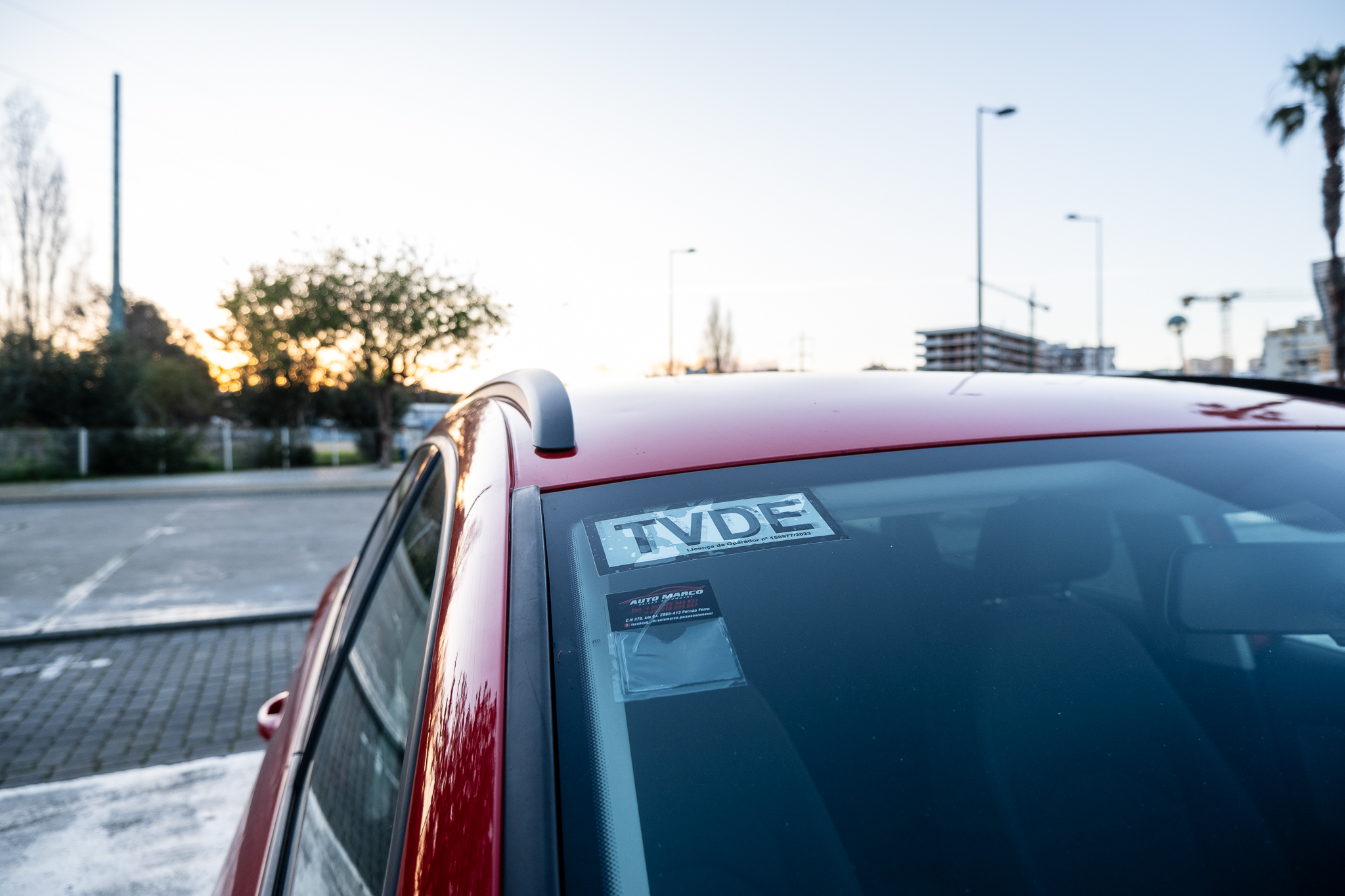João and Andreas have found that most of the cars passing by the school's door are just passing through the neighborhood, bypassing the main roads, and that the speeds practiced are well above the 30 km/h limit.

João Clemente and Andreas Klaus are not happy with the surroundings of their children's school, the EB Bairro do Restelo. Cross traffic, excessive speeding, and cars stopped on the sidewalks are the main problems they point out. But it is one thing to say it, but quite another to present it with concrete data. John and Andreas wanted to go this second way.
The two parents conducted a survey outside the school to assess road safety in the school vicinity, particularly speeding, and to understand the traffic flow - that is, what percentage of "through" traffic is compared to traffic going to school. "You don't see that now because in the afternoon the exits are more staggered, but in the morning these streets around the Square are full of cars. It looks like a drive-in, with every car dropping the kids off outside the school."João Clemente points out.
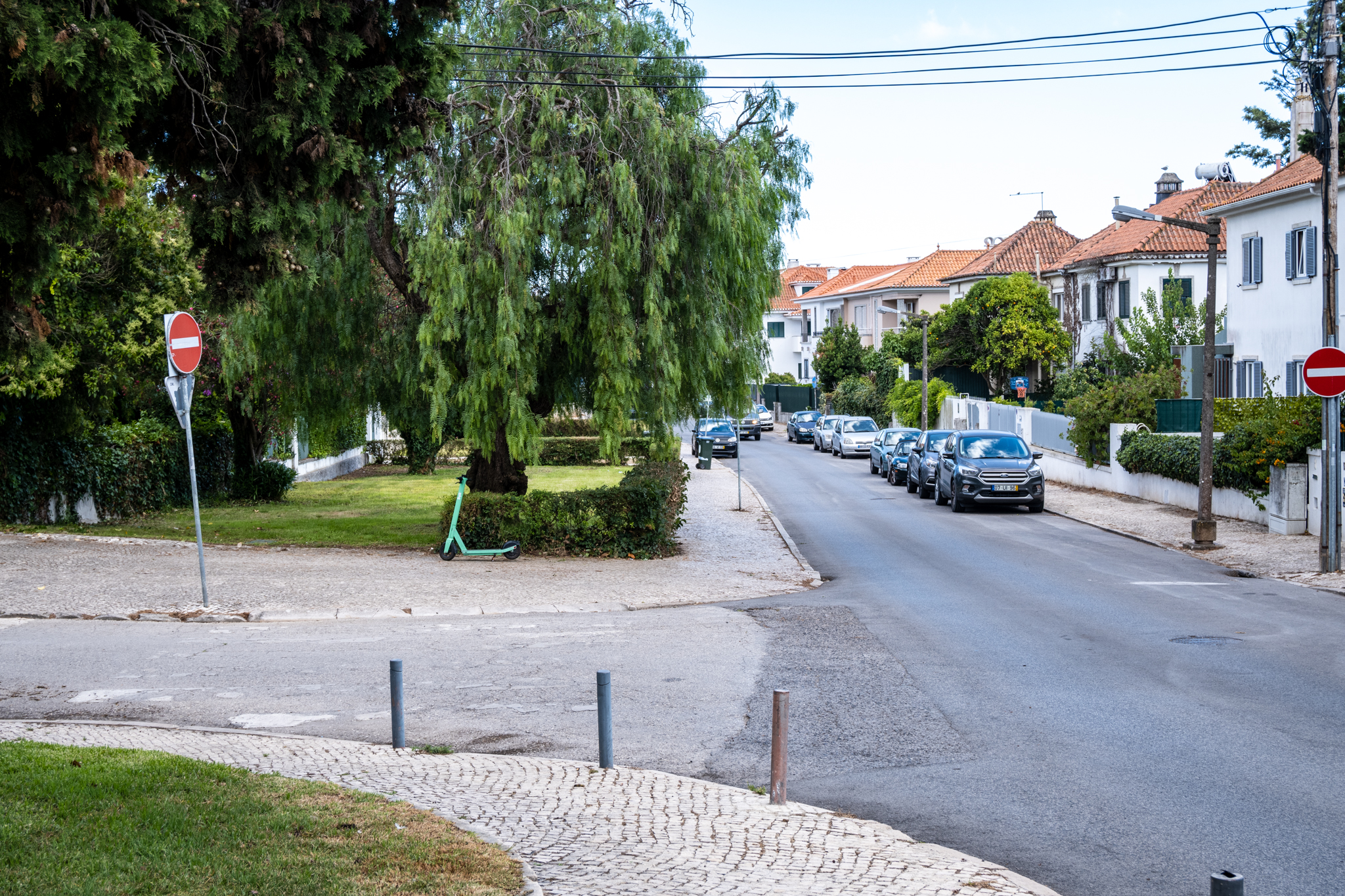
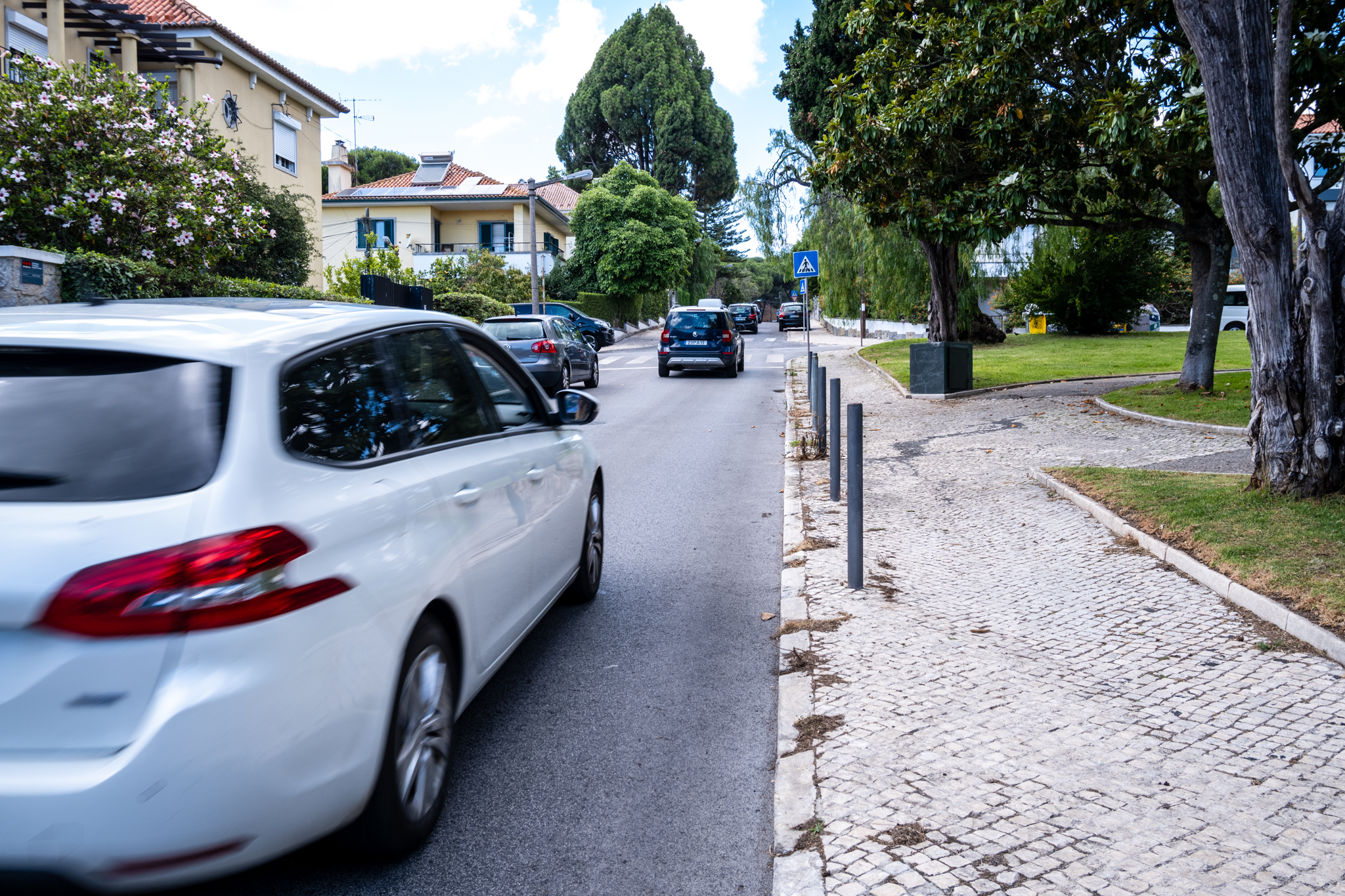
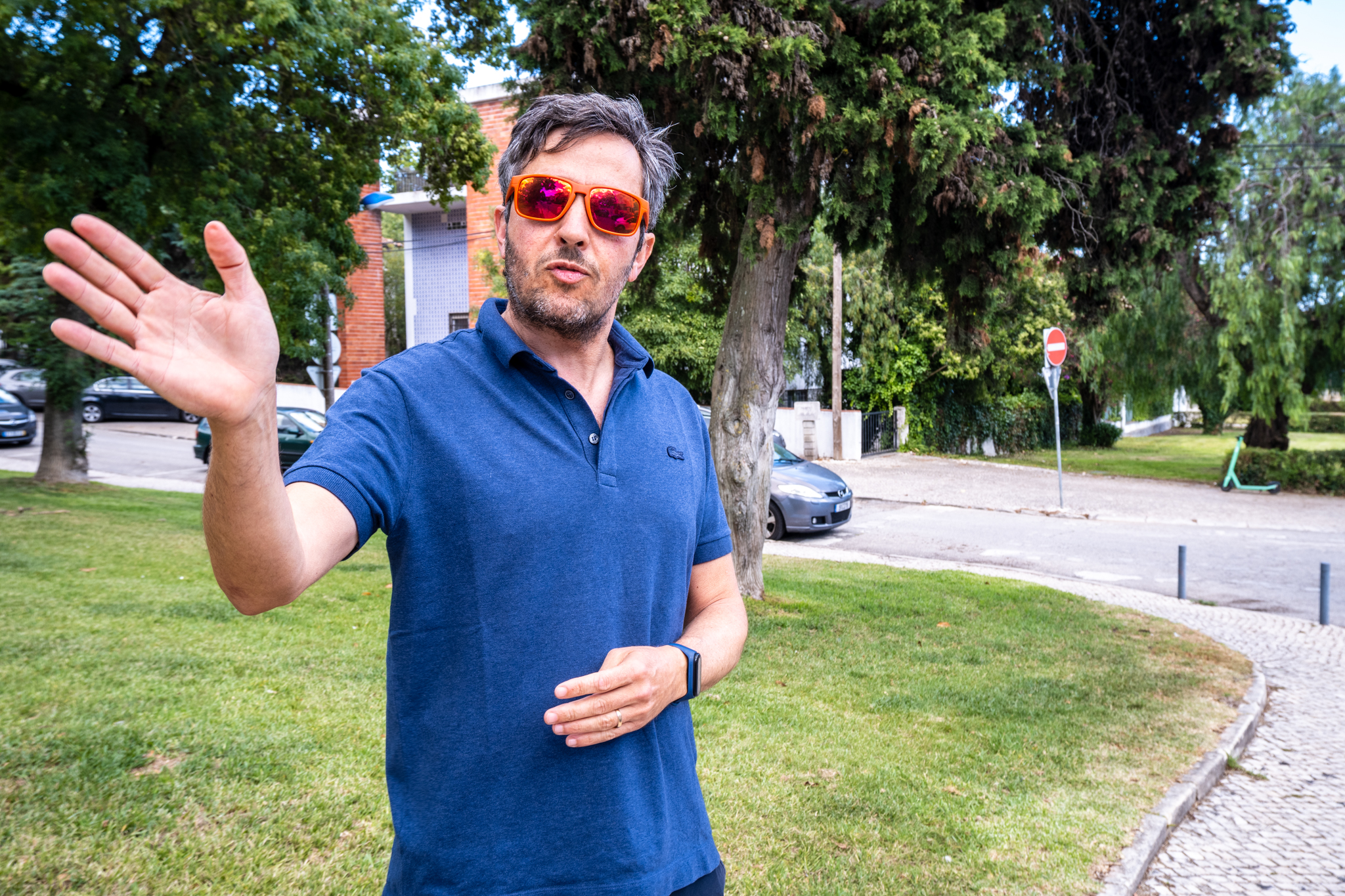
"There are many cars that simply use this neighborhood street to escape the Avenida do Restelo, which is parallel to this one. It's easy to tell: they are cars going straight ahead and not turning into the school. Some go quite fast."he points out. While some of these vehicles may be local traffic even if they are not destined for the school, João is sure that the great majority are simply cutting their way to Avenida do Restelo.
The data collected by João Clemente, jurist, and Andreas Klaus, neuroscience researcher and data scientist, point to 74.8% for crossing traffic on Rua D. Francisco de AlmeidaOnly 25.2% of the vehicles observed on two afternoons were going to school. The two parents also found that most cars (74.7%) exceeded the 30 km/h speed limit that vertical signs impose in that residential and school zone; a maximum speed of 56.3% was recorded at the site and an average speed of 34.7 km/h.
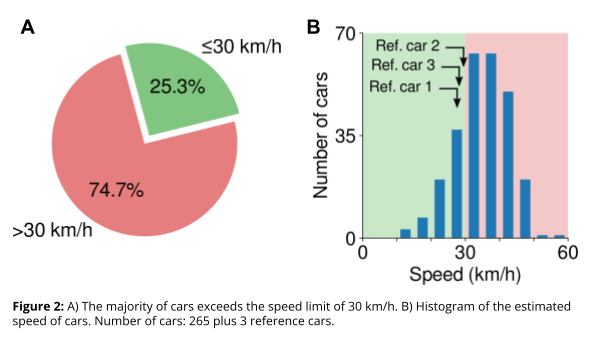
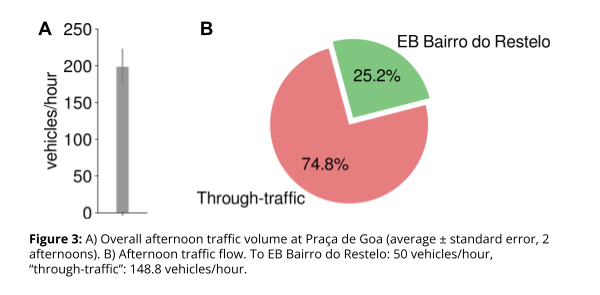
John and Andreas took the speed measurements with two properly calibrated video cameras e two markings on the road at points six meters apart. Cars that were below 6 km/h (e.g., parking) were excluded from the analysis; cars that were obstructed by a pedestrian crossing the road were also excluded from the analysis. As for the counting the number of cars passing by was done separately and on two different afternoons by two human observers and averaged the counts for each day of analysis.
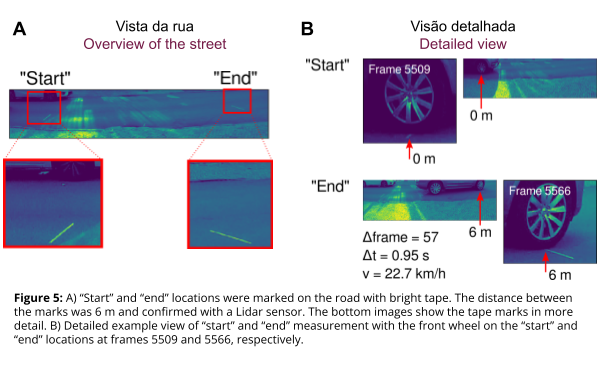
João and Andreas' expectation is that this volunteer work can be used as a starting point for the Lisbon City Hall to improve the surroundings of the EB1 and JI Bairro do Restelo, as it has done in other schools in the city. The study also argues an online petition which the two parents have circulated to more parents and which, as of the date of this article, has about 90 signatures. In the text, they ask:
- the implementation of calming measures of road traffic to Rua D. Francisco de Almeida in the school zone, such as raised crosswalks and the placement of "Berlin cushions";
- a on-street parking marking to remove it from the sidewalks and thereby also reduce the usable width of the streets;
- a periodic speed enforcement practiced by the authorities;
- the creation of a pollution monitoring program at the school gate ("it is believed that disclosing the levels and contents of air pollution that children breathe at school, could change mobility habits"the petitioners write).
Chimera, a neighborhood project that starts at school and extends to the neighborhood
The petition also asks for a requalification project of the Goa Square, which is located right in front of the school and is surrounded by the already mentioned D. Francisco de Almeida Street. It is in this square that several children, fathers and mothers from the Restelo neighborhood have been developing neighborhood ties at the end of the day. After school, instead of being taken straight home, the little ones are left to their own devices in the garden at Goa Square. There they play with each other, while the older ones chat and get to know each other. In the end, it is a meeting place for neighbors.
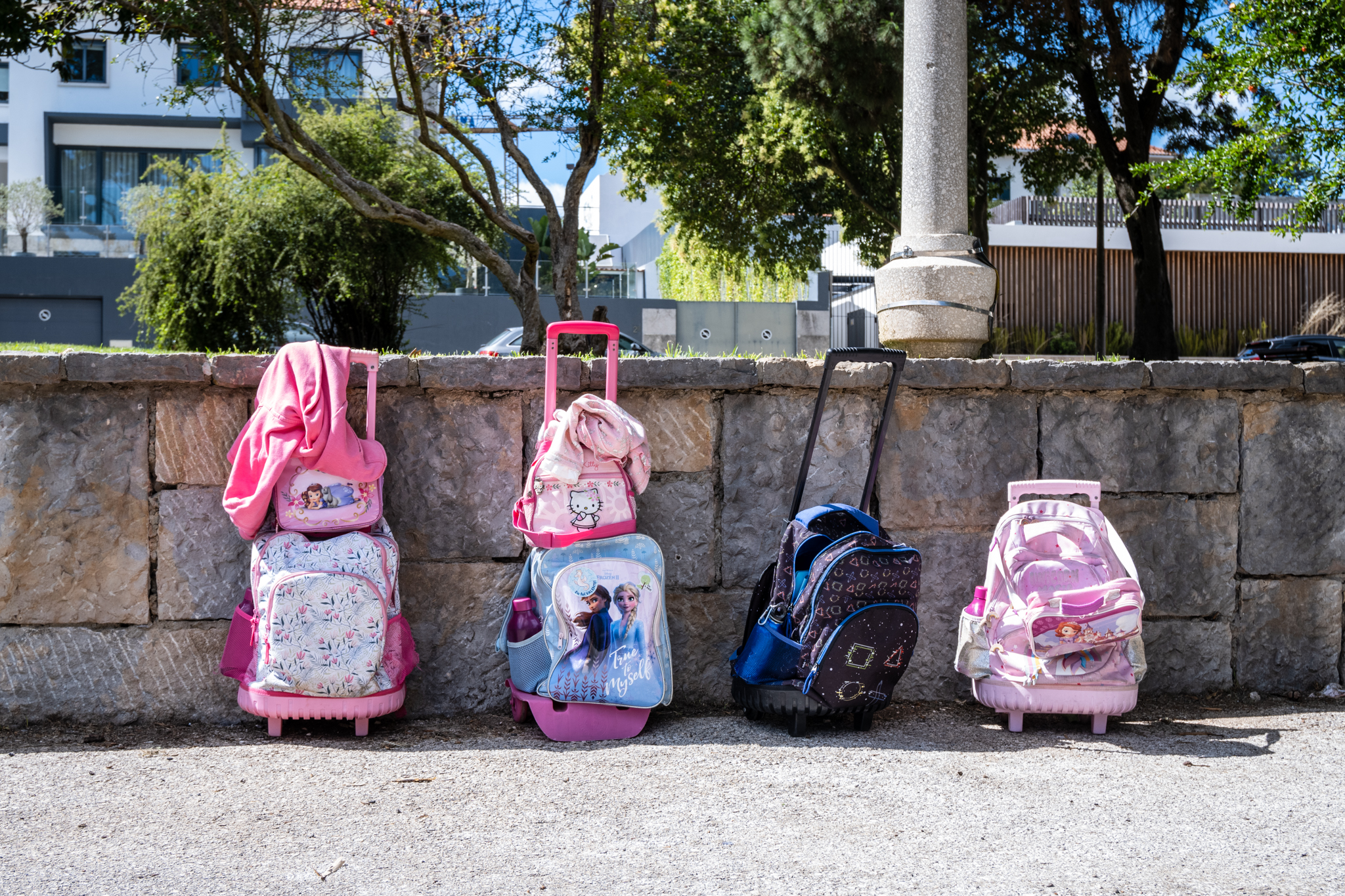
João Clemente, one of the promoters of these informal meetings in the Square, tells us that friendship and trust bonds of friendship and trust have already been born there, at various levels. "I'm afraid this will all be over when our kids leave this school"he says. Therefore, João and the other mothers and fathers who usually gather at Goa Square would like to leave a physical mark there. In the petition, they ask for a requalification of that gardened space, designed by the architect Gonçalo Ribeiro Telles, with the involvement of the community and especially the children; immediately, they would like to have structures where the little ones can play and a small house where they can store some community toys, materials for the bicycle trains and tools for the cycle workshop they usually promote. João tells us that they once had some old tires and some wooden materials attached to a tree that allowed the children to use their imagination and invent new ways of playing. But they have disappeared.
On the side of the Belém Borough Council they have not felt supported in the dynamization of this project of play and neighborhood; and on the side of the school district of Restelo they also point out difficulties in the relationship with the direction. The director of the school has allegedly been slow to authorize the parking of bicycles inside the establishment - even with its own park installed by the municipality - forcing the involvement of the City Council in order to resolve the dispute. That is why they are also asking for toilet facilities in the square, so as not to create new friction with the school in the use of its toilets.
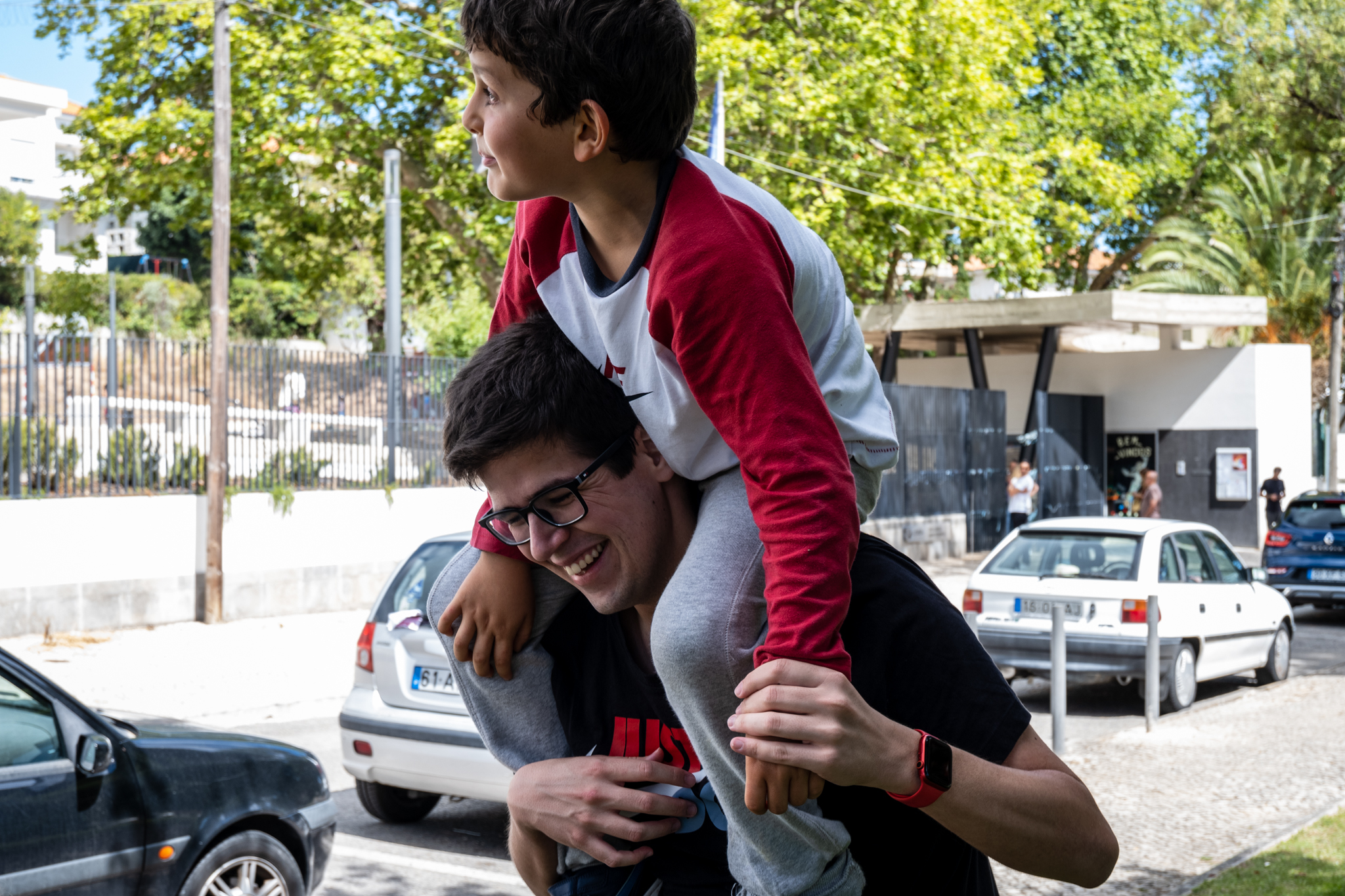
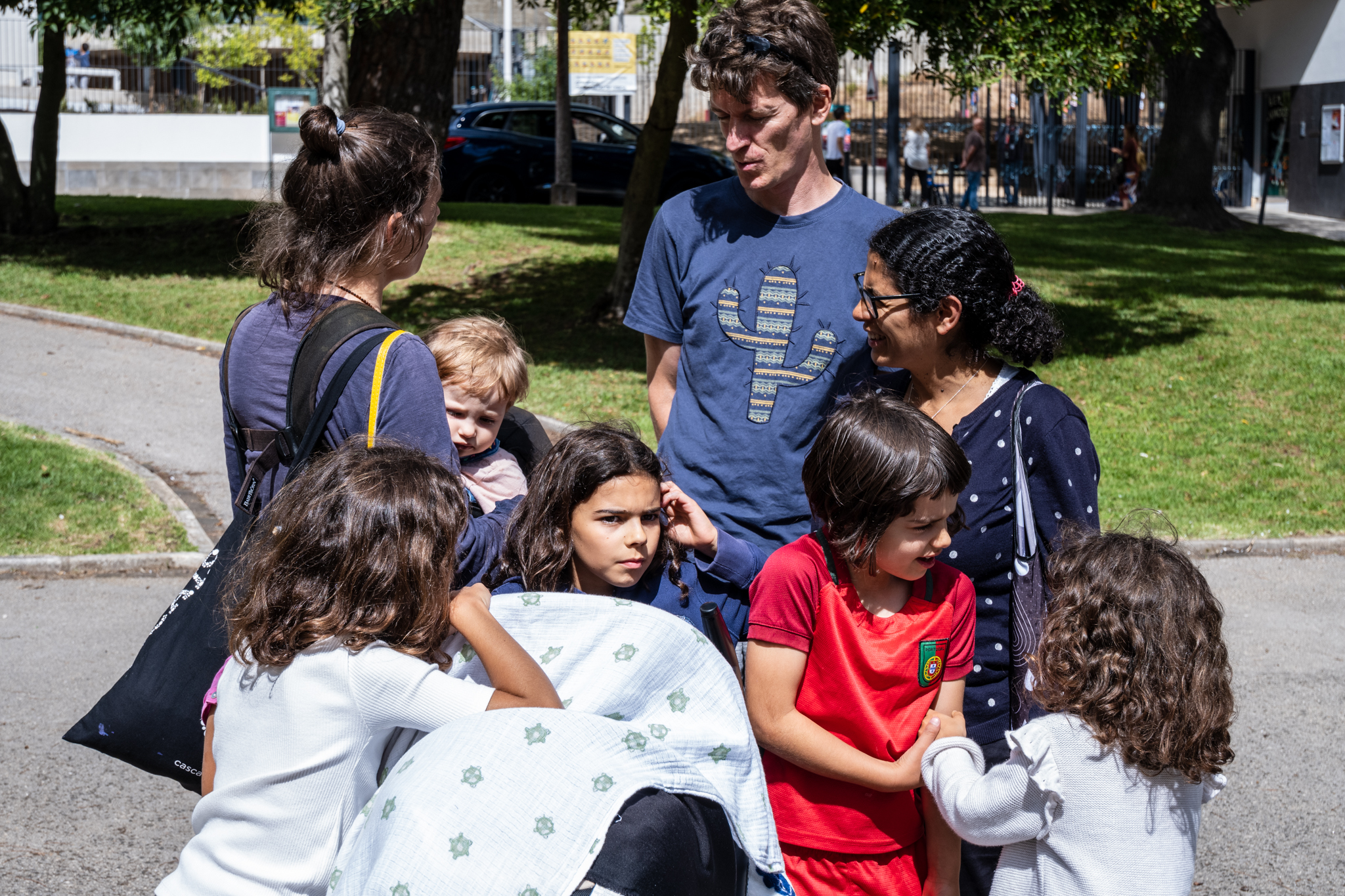
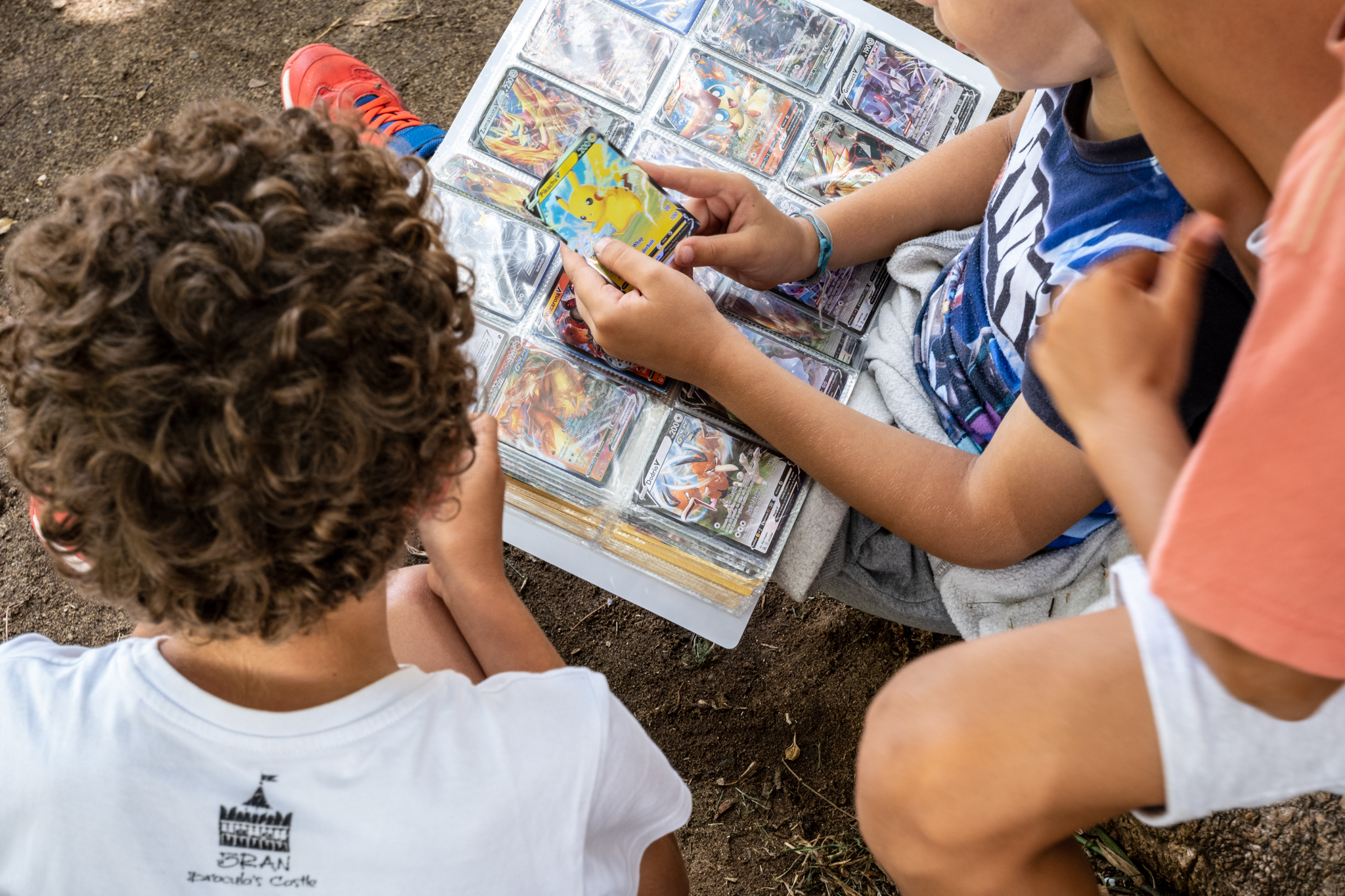
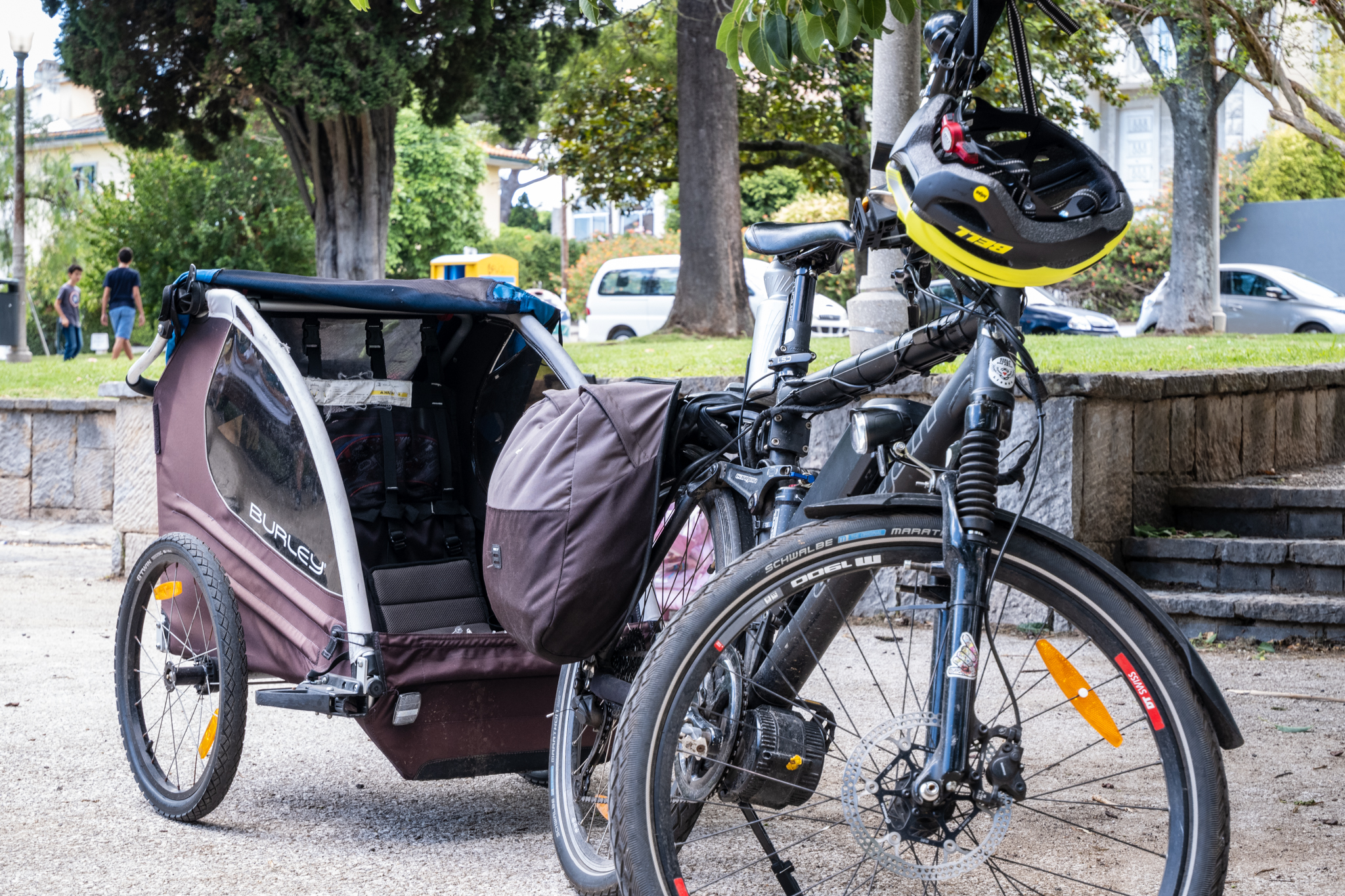
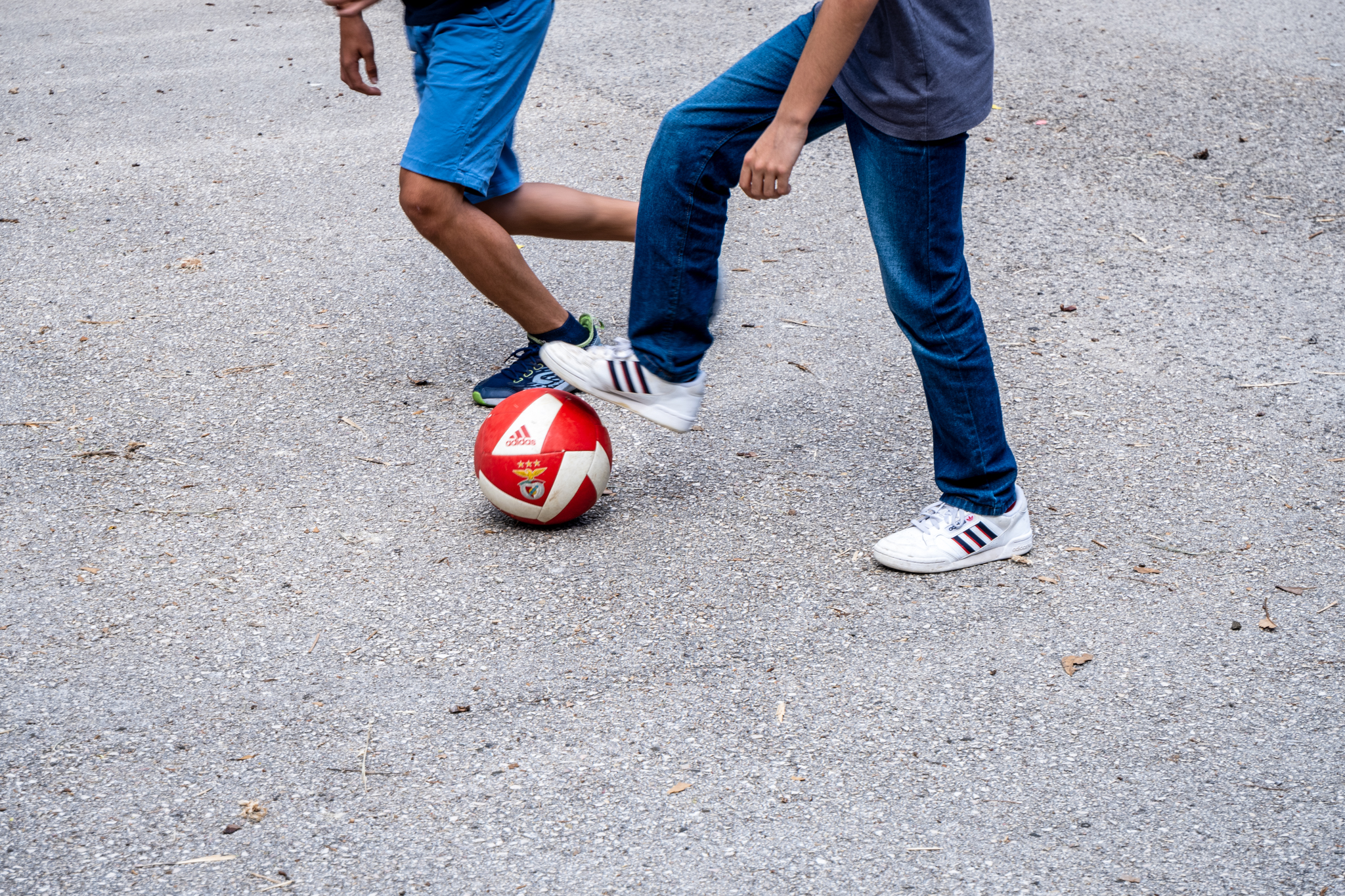
"I fear that if a support space doesn't materialize, if we don't attach the idea to a physical space, the thing may fizzle out, not least because it is based on a relationship with an Elementary School and the kids will end up changing schools, and the parents will go with them"says John. "That being that a physical structure is essential for perpetuating and the spirit of the thing and passing it on to other generations of parents who come after." The jurist, father of Salvador and two others, has no doubts that "this dynamic is not very normal in Lisbon, much less in Belém, where community relations are often reduced to 'good morning' and 'good afternoon' and little more than that". "And this phenomenon that is happening there in that garden in front of the school, is acting as the agglutinating center of the school community. So the Chimera project is based on this community relationship, which is child-centered, and which has a potential yet to be tapped."
João Clemente tells us that, although in the municipal Bike Train program, EB1 and JI Bairro do Restelo only have one train every week, there are actually trains every day that are informally organized by the parents in the neighborhood. And there has also been a pedestrian train. "We realized that some kids wouldn't join by bike, but on foot they were already coming." O Chimera is the name of the whole neighborhood project that unites the games and conversations at the end of the day, the trains for the school, a monthly cycle workshop - every month fathers, mothers and children get together to help each other with bike mechanics and repair - and all other activities that may arise among neighbors, such as weekend picnics.
"The children are the cement of the group, it was the children who first established relationships with each other, at play in the gardens in front of the school, and the parents were in drag"explains João. "Parents started staying in the garden after school for the children to play, and it didn't take long for more and more children to start asking their parents to stay too, and very quickly, a place that was pretty much always empty, started to be full of life." For João Clemente, the ideal would be "move the activities from the garden outside the school, to inside the school, as Carlos Moreno mentions, when he says that the capital of the 15 minute city would be the school".
Salvador, João's youngest son, pulled us into his playfulness and also told us to write in this report that he wants "more trees to play with", "fewer cars" e "more bikes". He took our camera and made some images with it; to close this article, we share some of his shots.
